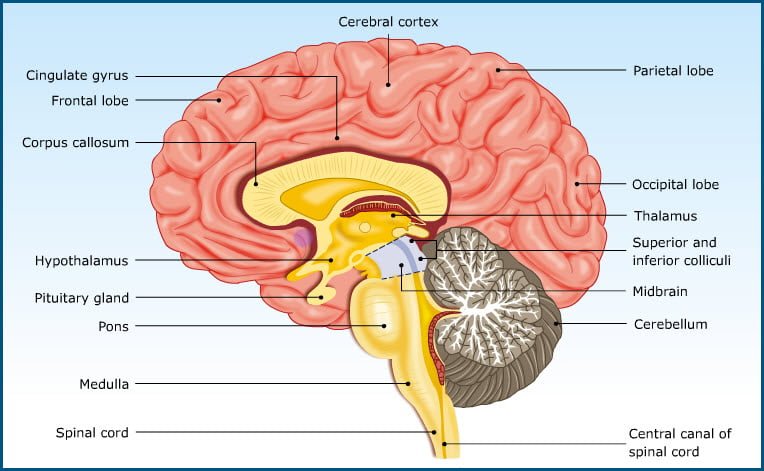Functions of limbic system
Veterinary PhysiologyFunctions of limbic system Limbic System Limbic system consists of cortical and subcortical areas which are structurally and functionally related to forebrain. It forms a ring of forebrain structures that surround the brainstem and are interconnected by intricate neural pathways. The components of the limbic system are hippocampus, amygdala and cingulate gyrus. It is concerned […]
